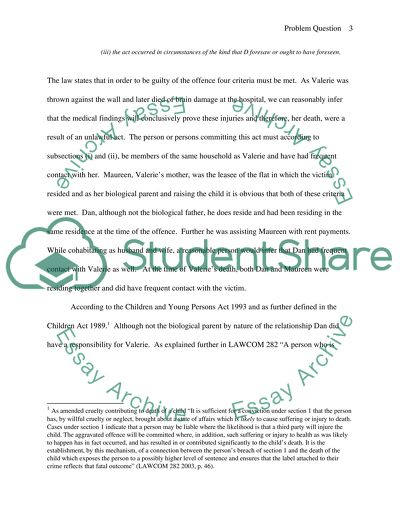Cite this document
(“The Domestic Violence, Crime and Victims Act Essay”, n.d.)
The Domestic Violence, Crime and Victims Act Essay. Retrieved from https://studentshare.org/law/1525471-the-domestic-violence-crime-and-victims-act
The Domestic Violence, Crime and Victims Act Essay. Retrieved from https://studentshare.org/law/1525471-the-domestic-violence-crime-and-victims-act
(The Domestic Violence, Crime and Victims Act Essay)
The Domestic Violence, Crime and Victims Act Essay. https://studentshare.org/law/1525471-the-domestic-violence-crime-and-victims-act.
The Domestic Violence, Crime and Victims Act Essay. https://studentshare.org/law/1525471-the-domestic-violence-crime-and-victims-act.
“The Domestic Violence, Crime and Victims Act Essay”, n.d. https://studentshare.org/law/1525471-the-domestic-violence-crime-and-victims-act.


